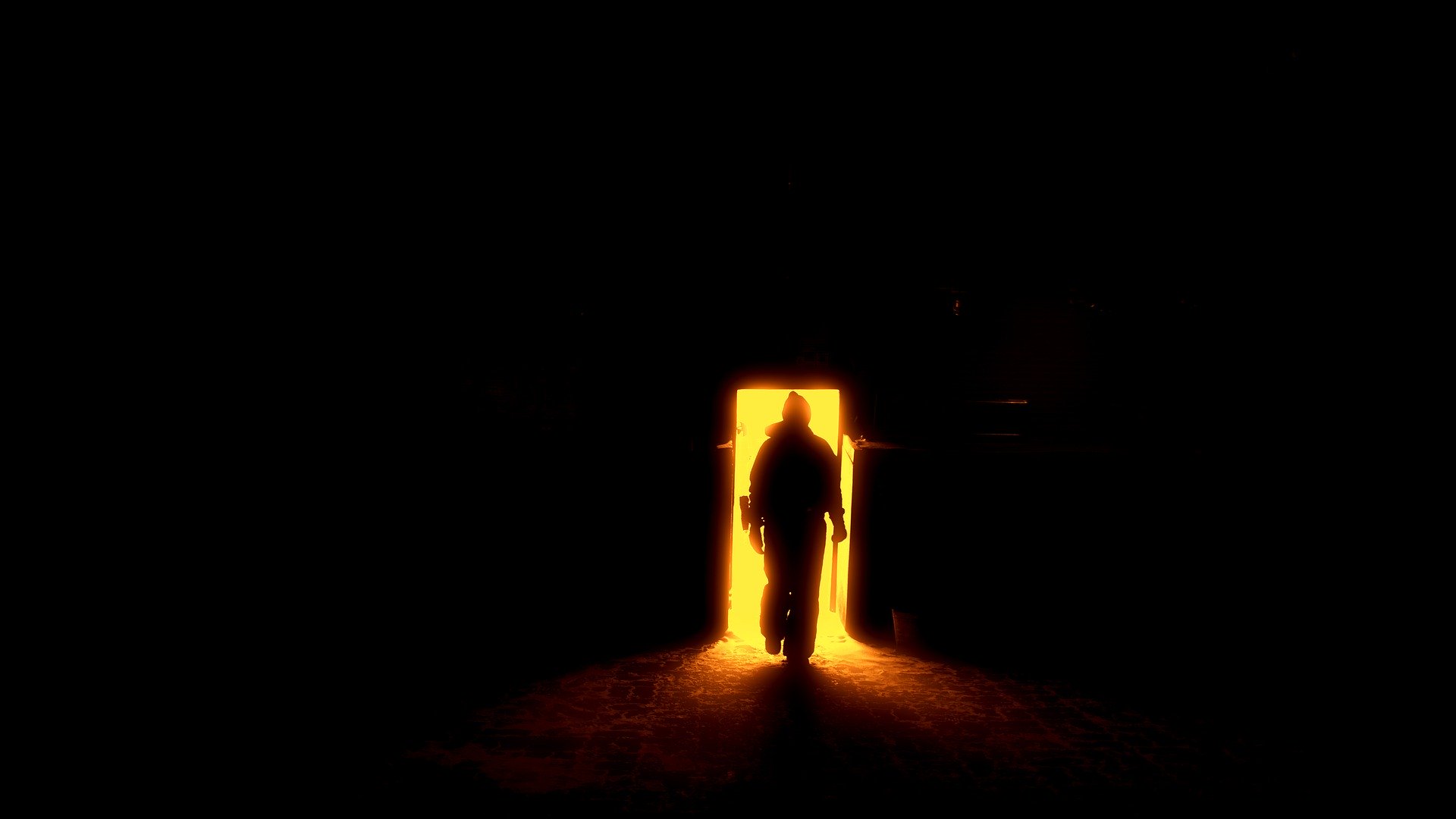
Incandescence crisis Weapon HUMANITY
Biggest Crisis faced by the humanity (past)
India is widely recognized for its profound cultural and religious diversity, making it a celebrated hub of wisdom and knowledge. Rooted in the ancient Sanskrit principle of “atithi devo bhava,” which translates to “the guest is god,” India exemplifies a deep-seated tradition of hospitality and respect for cultural differences. This ethos underscores India’s remarkable ability to embrace change and diversity, serving as a global beacon of tolerance, inclusivity, and openness to various beliefs and traditions.
India has endured numerous massive invasions and periods of destruction throughout its history. Often oppressed by foreign entities who arrived under the guise of friendship, our nation’s independence, which we proudly celebrate, is the result of countless sacrifices made by brave individuals for our motherland. The very soil we tread upon bears witness to the resilience of our forefathers, who faced these crises with unwavering determination, always finding the strength to smile amid adversity.
Oldest Invasion
Turning the pages of Indian history reveals India’s involvement in numerous significant invasions, each leaving lasting scars on the nation’s societal fabric. The narrative commences with the Persian invasion led by King Cyrus of the Achaemenid Empire, which saw the conquest of the Indus Valley. This event unearthed the ancient civilizations of the Indus Valley and Harappan cultures, with modern-day Pakistan excavated and much of Punjab annexed by the Persian Empire, evident from the discovery of various coins and archaeological artifacts. These invasions profoundly impacted India’s historical trajectory and cultural landscape.
Militant Invasion
Delving deeper into history, we journey to the 8th century when Muhammad bin Qasim emerged as the conqueror of modern-day Sindh. Known as a formidable military leader of his era, he defeated King Dahir and annexed the region. His actions marked a significant chapter in the history of India, illustrating the impact of foreign invasions on the region during that time.
The Notorious Invasion
Descending deeper into the annals of Indian history unveils a harrowing tale of enduring cultural scars. Mahmud of Ghazni’s notorious invasion epitomizes this period, characterized by widespread bloodshed and the systematic destruction of temples and shrines to assert dominance. This dark chapter stands as one of the most profound crises in Indian history, leaving a lasting impact on the nation’s cultural heritage and societal cohesion.
Linguistic and Religious Crisis
The history of the Indian subcontinent reveals multiple Muslim invasions aimed at governance and control, from the Ghori invasions to the Delhi Sultanate and subsequent Mughal rule. These periods witnessed the rise and fall of dynasties, accompanied by profound cultural and religious transformations.
These invasions often involved significant violence, including the destruction of temples and cultural sites, along with policies that coerced or compelled conversions to Islam. While conversion itself isn’t inherently problematic, forcing beliefs onto others is seen as oppressive and goes against principles of religious freedom.
Consequently, many minority cultures, ancient languages like Pali and Prakrit, and religions such as Zoroastrianism faced significant challenges and were threatened with extinction in some regions due to these historical events. This context highlights the complex interplay of religious, cultural, and political forces that have shaped the subcontinent’s diverse history over centuries.
The Pseudo-prosperous Invasion
Navigating through the Mughal era reveals its origins with Zahir ud-Din Babur, a descendant of the Timurid dynasty, whose conquests included the pivotal Battle of Khanwa. His son, Humayun, faced a turbulent reign, initially being ousted by the Suri dynasty before regaining control.
Humayun’s son, Akbar, is often celebrated for his policies of religious tolerance, which included abolishing the jizya tax on non-Muslims and fostering a syncretic culture. However, Akbar’s military campaigns, particularly against the Rajputs and other dissenters, resulted in considerable loss of life.
The stories of Akbar’s might pale in comparison to the tale of a fearless Rajputana queen who stood her ground against him, forcing the emperor to respect her bravery and determination. This legendary moment challenges traditional power dynamics and celebrates the courage of women who left an indelible mark on history.
Jahangir’s reign saw increased European trade and diplomatic ties, setting the stage for deeper European involvement in India. This period was crucial in laying the groundwork for the eventual dominance of the East India Company.
Following Jahangir, his successors Shah Jahan and Aurangzeb represented divergent paths for the Mughal dynasty. Shah Jahan is renowned for his architectural legacy, most notably the Taj Mahal, while Aurangzeb’s strict adherence to Islamic law and policies such as the reimposition of the jizya tax on non-Muslims marked a departure from his predecessors’ policies of religious tolerance.
These Mughal rulers shaped India’s history through their conquests, policies, and cultural contributions, leaving a lasting impact on the subcontinent’s socio-political landscape.
The British India Memoir
Boiling down to the most talked-about chapter in history—the British Raj—a tale of betrayal, bloodshed, pain, loss of land, partition, and a myriad of rollercoaster narratives unfolds.
“The entire romance is either in Bengal or in Punjab. The rest of the country is dry and arid.” This quote by Gurudev Rabindranath Tagore encapsulates the profound impact of partition on the Indian subcontinent, particularly the creation of modern-day Bangladesh and Pakistan. The partition process, likened to tearing leather apart, left permanent scars that continue to divide these nations. Trains filled with people, families torn apart, and the hope of reunification shattered—these poignant images symbolize one of India’s bloodiest and most tragic chapters in history.
By: Sreejoni Chatterjee
Write and Win: Participate in Creative writing Contest & International Essay Contest and win fabulous prizes.


